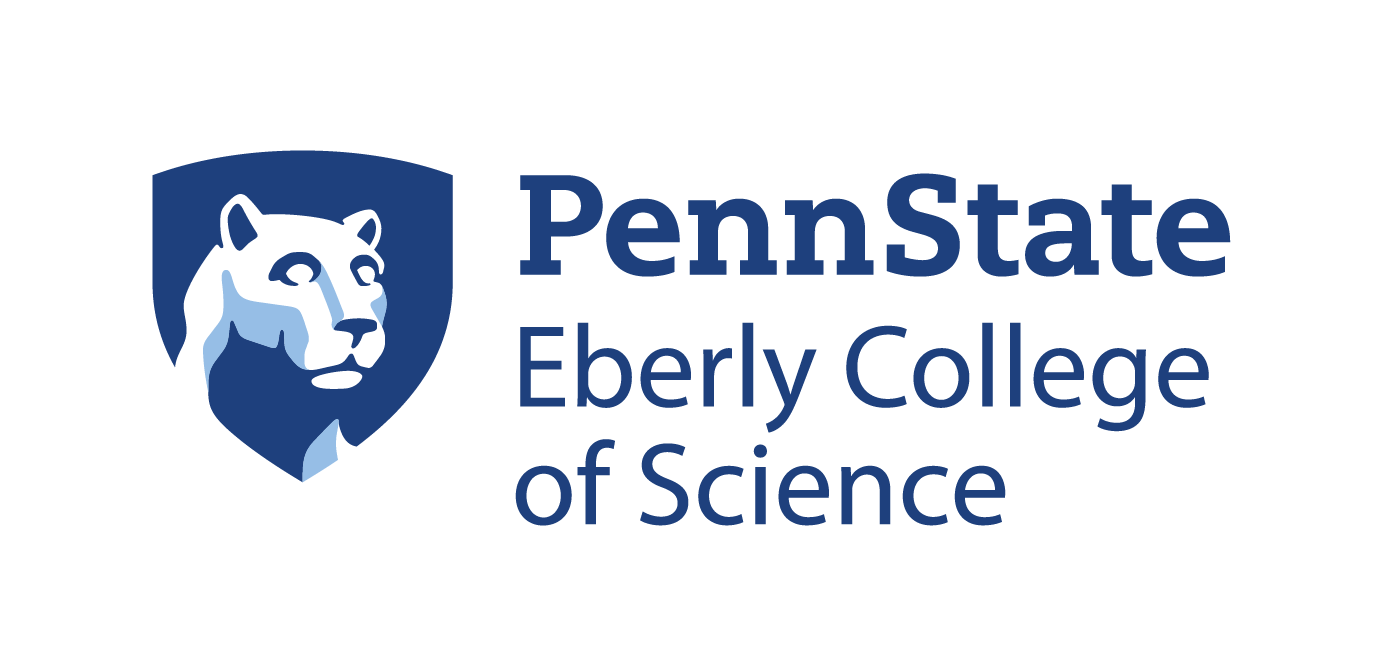Would you like to promote equitable learning experiences and ensure all students have access to course materials and assessments? Our team can provide guidance on implementing accommodations, creating accessible course content, and sharing best practices for supporting students with disabilities, diverse backgrounds, or unique learning needs.
On this page, you will find resources to help you navigate the complexities of providing accommodations and ensuring accessibility in your courses. We can assist you in understanding legal requirements, implementing accommodations such as extra time on exams or alternative formats for course materials, and adopting inclusive teaching practices that support learners with disabilities, neurodivergence, or diverse cultural backgrounds.
We can guide you in the creation of accessible digital documents, captioning videos, and leveraging assistive technologies to ensure all students can engage with course content effectively. We will also share best practices for fostering an inclusive learning environment and promoting awareness and understanding of diverse student needs.
By prioritizing accessibility and accommodations, you will ensure that every student has an equitable opportunity to succeed, regardless of their individual circumstances. Join us in this commitment to creating inclusive learning experiences that empower all students to reach their full potential.
The Difference Between Accessibility and Equity
Accessibility and equity are crucial education concepts, ensuring all students have the chance to succeed. Accessibility focuses on removing barriers and creating an environment where students of all abilities can participate fully. On the other hand, equity involves recognizing the individual needs of students and providing the necessary resources and support to level the playing field. Both are essential for fostering an inclusive learning atmosphere where every student can thrive.
To learn more about equity, visit our Equitable Practices section.
External Resources
PSU Accessibility Site - This resource provides guidelines, accommodations, and information on accessibility in various contexts, including courses, multimedia, and software. It is a valuable hub for promoting equal access and inclusive learning experiences, where visitors can learn how to ensure web pages and online documents are usable for users with different disabilities.
Student Disability Resources - You can use this page to access information and resources related to supporting students with disabilities. This page provides details on academic accommodations, campus coordinators, and guidelines for ensuring an inclusive learning environment. Whether faculty need to certify eligibility for services or explore specific accommodations, this page is a valuable resource.
PSU Policies - Instructors should be aware of the Penn State accessibility policies outlined on this page. These policies guide instructors in ensuring that web pages and online documents are usable for users with different disabilities.
WCAG Standards - WCAG 2.2 define how to make web content more accessible to people with disabilities. These guidelines cover a wide range of disabilities, including visual, auditory, physical, speech, cognitive, language, learning, and neurological impairments. By following WCAG 2.2, instructors ensure that their digital materials accommodate diverse needs, fostering an inclusive learning environment.
New Web Accessibility Ruling in U.S. - The US Department of Justice’s new web accessibility ruling published in April 2024 is important for all instructors who have a digital presence or share content online. This ruling focuses on website accessibility for state and local governments under Title II of the Americans with Disabilities Act. The ruling ensures equal access to government services, including voting, online courses, public benefits, and more, for people with disabilities.






